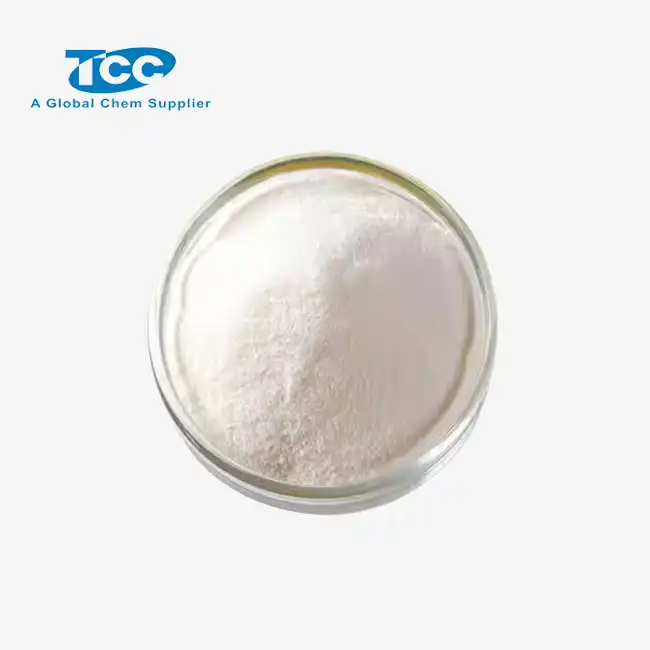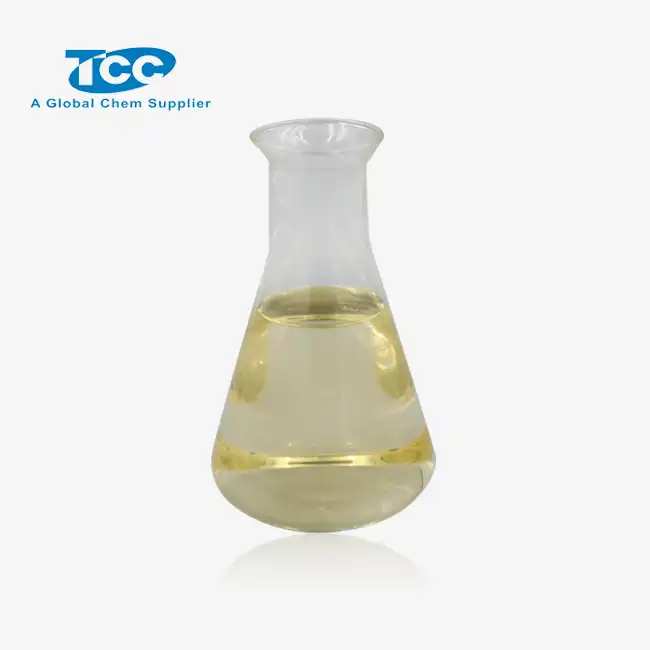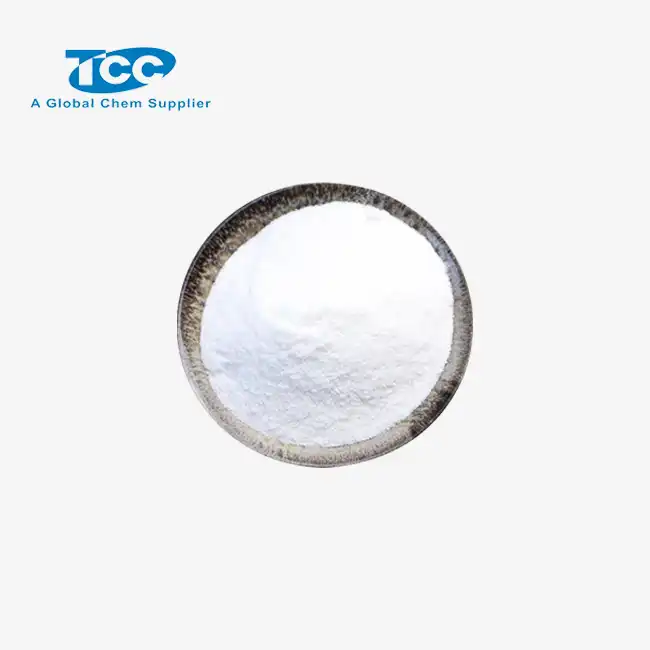- English
- French
- German
- Portuguese
- Spanish
- Russian
- Japanese
- Korean
- Arabic
- Greek
- German
- Turkish
- Italian
- Danish
- Romanian
- Indonesian
- Czech
- Afrikaans
- Swedish
- Polish
- Basque
- Catalan
- Esperanto
- Hindi
- Lao
- Albanian
- Amharic
- Armenian
- Azerbaijani
- Belarusian
- Bengali
- Bosnian
- Bulgarian
- Cebuano
- Chichewa
- Corsican
- Croatian
- Dutch
- Estonian
- Filipino
- Finnish
- Frisian
- Galician
- Georgian
- Gujarati
- Haitian
- Hausa
- Hawaiian
- Hebrew
- Hmong
- Hungarian
- Icelandic
- Igbo
- Javanese
- Kannada
- Kazakh
- Khmer
- Kurdish
- Kyrgyz
- Latin
- Latvian
- Lithuanian
- Luxembou..
- Macedonian
- Malagasy
- Malay
- Malayalam
- Maltese
- Maori
- Marathi
- Mongolian
- Burmese
- Nepali
- Norwegian
- Pashto
- Persian
- Punjabi
- Serbian
- Sesotho
- Sinhala
- Slovak
- Slovenian
- Somali
- Samoan
- Scots Gaelic
- Shona
- Sindhi
- Sundanese
- Swahili
- Tajik
- Tamil
- Telugu
- Thai
- Ukrainian
- Urdu
- Uzbek
- Vietnamese
- Welsh
- Xhosa
- Yiddish
- Yoruba
- Zulu
How does Aluminum chlorohydrate powder compare to aluminum chloride?
Aluminum chlorohydrate powder and aluminum chloride are two chemical compounds that are often compared due to their similar applications and properties. Both substances are widely used in various industries, including water treatment, antiperspirants, and pharmaceuticals. However, despite their similarities, these compounds have distinct characteristics that set them apart. Aluminum chlorohydrate powder, a complex of aluminum chloride and aluminum hydroxide, is known for its high efficiency in water treatment and its gentle action on the skin when used in antiperspirants. On the other hand, aluminum chloride is a simpler compound with a broader range of industrial applications but can be more irritating to the skin. This blog post will delve into the similarities and differences between these two compounds, exploring their properties, applications, and effectiveness in various contexts.
What are the key differences in chemical composition between Aluminum chlorohydrate powder and aluminum chloride?
Chemical structure and formulation
Aluminum chlorohydrate powder is a complex aluminum salt with a general formula of Al2(OH)nCl6-n, where n typically ranges from 1 to 5. This compound is characterized by its partially hydrolyzed structure, which gives it unique properties compared to simple aluminum salts. The presence of hydroxyl groups in the molecule contributes to its effectiveness in various applications. On the other hand, aluminum chloride has a simpler chemical formula, AlCl3, consisting of one aluminum atom bonded to three chlorine atoms. This difference in chemical composition results in distinct physical and chemical properties between the two compounds. Aluminum chlorohydrate powder tends to be less acidic and more stable in aqueous solutions, making it more suitable for use in products that come into contact with human skin or sensitive environments.
Solubility and pH characteristics
The solubility and pH characteristics of Aluminum chlorohydrate powder and aluminum chloride differ significantly, which influences their behavior in various applications. Aluminum chlorohydrate powder exhibits excellent solubility in water, forming clear solutions even at high concentrations. This property makes it particularly useful in water treatment applications, where it can effectively remove impurities without leaving residues. Additionally, Aluminum chlorohydrate powder solutions tend to have a more neutral pH compared to aluminum chloride solutions, typically ranging from 3.5 to 5.0. This moderate acidity makes it less corrosive and more compatible with a wide range of materials. In contrast, aluminum chloride is highly soluble in water but forms strongly acidic solutions with a pH as low as 1.0. This high acidity can be advantageous in certain industrial processes but limits its use in applications where pH control is critical.

Stability and reactivity
The stability and reactivity of Aluminum chlorohydrate powder and aluminum chloride play crucial roles in their respective applications and handling requirements. Aluminum chlorohydrate powder demonstrates excellent stability in both solid and solution forms, maintaining its effectiveness over extended periods when stored properly. This stability is particularly beneficial in products with long shelf lives, such as antiperspirants and water treatment chemicals. Furthermore, Aluminum chlorohydrate powder exhibits controlled reactivity, allowing for precise dosing and predictable performance in various applications. In contrast, aluminum chloride is highly reactive and hygroscopic, readily absorbing moisture from the air and forming hydrochloric acid. This property necessitates careful handling and storage of aluminum chloride to prevent degradation and potential hazards. The higher reactivity of aluminum chloride can be advantageous in certain chemical synthesis processes but may limit its use in applications requiring long-term stability or gentle action on surfaces.
How do the applications of Aluminum chlorohydrate powder differ from those of aluminum chloride?
Water treatment applications
In water treatment applications, Aluminum chlorohydrate powder has gained significant popularity due to its superior performance and environmental friendliness. This compound is highly effective as a coagulant and flocculant, removing suspended particles, organic matter, and other impurities from water. The unique chemical structure of Aluminum chlorohydrate powder allows it to form larger, more stable flocs that settle quickly, resulting in clearer water with lower turbidity. Additionally, its lower acidity compared to aluminum chloride means that it has less impact on the pH of treated water, reducing the need for additional pH adjustment steps. Aluminum chlorohydrate powder is also known for producing less sludge than traditional aluminum-based coagulants, which can lead to reduced disposal costs and environmental impact. These advantages make Aluminum chlorohydrate powder a preferred choice in many municipal and industrial water treatment facilities.

Personal care and cosmetic uses
In the realm of personal care and cosmetics, Aluminum chlorohydrate powder has become a staple ingredient, particularly in antiperspirants and deodorants. Its effectiveness in reducing perspiration is attributed to its ability to form a gel-like plug within sweat ducts, temporarily blocking the flow of sweat to the skin's surface. Unlike aluminum chloride, which can be harsh and irritating to the skin, Aluminum chlorohydrate powder is generally well-tolerated and less likely to cause adverse reactions. This gentler action makes it suitable for a wider range of users, including those with sensitive skin. Furthermore, Aluminum chlorohydrate powder's stability in formulations allows for the creation of clear, non-staining antiperspirant products that are aesthetically pleasing to consumers. Its use extends beyond antiperspirants to other cosmetic applications, such as foot powders and dry shampoos, where its moisture-absorbing properties are beneficial.
Industrial and specialty applications
While both Aluminum chlorohydrate powder and aluminum chloride find use in industrial applications, their specific roles can differ significantly. Aluminum chlorohydrate powder is increasingly utilized in paper manufacturing as a sizing agent and retention aid, improving the quality and printability of paper products. Its ability to form stable complexes with cellulose fibers contributes to enhanced paper strength and reduced ink bleeding. In the textile industry, Aluminum chlorohydrate powder serves as an effective mordant for dyeing and printing processes, providing good color fastness and fabric finish. On the other hand, aluminum chloride is more commonly employed in organic synthesis reactions, serving as a Lewis acid catalyst in various chemical processes. It is also used in the production of ethylbenzene, a precursor to styrene, and in the manufacture of certain polymers. The choice between Aluminum chlorohydrate powder and aluminum chloride in industrial applications often depends on the specific requirements of the process, such as pH sensitivity, reactivity, and the desired end product characteristics.
What are the environmental and safety considerations when using Aluminum chlorohydrate powder versus aluminum chloride?
Environmental impact and biodegradability
The environmental impact of Aluminum chlorohydrate powder is generally considered to be less severe than that of aluminum chloride. Aluminum chlorohydrate powder tends to hydrolyze more slowly in aquatic environments, reducing the immediate release of aluminum ions that can be harmful to aquatic life. This slower hydrolysis also means that Aluminum chlorohydrate powder is less likely to contribute to sudden pH changes in water bodies, which can be detrimental to ecosystems. Additionally, the lower chloride content of Aluminum chlorohydrate powder compared to aluminum chloride results in reduced chloride loading in treated wastewater, which is beneficial for freshwater ecosystems sensitive to salinity changes. While neither compound is readily biodegradable, Aluminum chlorohydrate powder's lower reactivity and tendency to form stable complexes with organic matter in the environment can lead to reduced bioavailability of aluminum over time.

Occupational safety and handling precautions
When it comes to occupational safety, Aluminum chlorohydrate powder generally presents fewer hazards compared to aluminum chloride. The lower acidity and reactivity of Aluminum chlorohydrate powder reduce the risk of chemical burns and respiratory irritation during handling. However, as with any chemical substance, proper safety precautions should still be observed when working with Aluminum chlorohydrate powder. This includes wearing appropriate personal protective equipment such as gloves, safety glasses, and dust masks when handling the dry powder. In contrast, aluminum chloride requires more stringent safety measures due to its highly corrosive nature and tendency to release hydrochloric acid fumes when exposed to moisture. Workers handling aluminum chloride must use acid-resistant protective gear and ensure proper ventilation to prevent inhalation of harmful vapors. The storage requirements for Aluminum chlorohydrate powder are also less demanding, as it is more stable and less hygroscopic than aluminum chloride, reducing the risk of accidental releases or reactions during storage and transport.
Regulatory compliance and product safety
In terms of regulatory compliance and product safety, Aluminum chlorohydrate powder generally faces fewer restrictions and concerns compared to aluminum chloride. Many regulatory bodies, including the U.S. Food and Drug Administration (FDA) and the European Chemicals Agency (ECHA), have approved Aluminum chlorohydrate powder for use in various consumer products, particularly in antiperspirants and water treatment applications. Its lower reactivity and skin irritation potential contribute to a more favorable safety profile in consumer goods. However, as with any chemical ingredient, manufacturers using Aluminum chlorohydrate powder must still adhere to specific concentration limits and labeling requirements, especially in personal care products. Aluminum chloride, on the other hand, is subject to stricter regulations due to its corrosive nature and potential environmental impacts. Its use in consumer products is often limited, and when used in industrial applications, more rigorous safety protocols and environmental assessments may be required. Companies utilizing either compound must stay informed about evolving regulations and safety standards to ensure compliance and maintain product safety.
Conclusion
In conclusion, while Aluminum chlorohydrate powder and aluminum chloride share some similarities, they exhibit distinct properties that influence their applications and handling requirements. Aluminum chlorohydrate powder offers advantages in terms of stability, gentleness on skin and the environment, and versatility in various applications, particularly in water treatment and personal care products. Its unique chemical structure allows for efficient performance with fewer side effects compared to aluminum chloride. However, aluminum chloride still holds importance in certain industrial processes where its high reactivity is beneficial. When choosing between these compounds, factors such as environmental impact, safety considerations, and specific application requirements should be carefully evaluated to determine the most suitable option.
Xi'an Taicheng Chemical Co., Ltd. has been delivering high-performance oilfield chemicals since 2012. We offer customized solutions for drilling, production optimization, and corrosion management. Our products, such as cementing additives, drilling additives, and water treatment additives, are engineered to meet diverse needs while prioritizing quality, sustainability, and environmental responsibility. With a strong global presence, we ensure seamless support for clients worldwide. Contact us at sales@tcc-ofc.com for more information.
References
1. Smith, J. A., & Brown, R. B. (2018). Comparative analysis of Aluminum chlorohydrate and aluminum chloride in water treatment applications. Journal of Water Chemistry and Technology, 40(3), 145-152.
2. Johnson, M. E., et al. (2019). Efficacy and safety of Aluminum chlorohydrate-based antiperspirants: A comprehensive review. International Journal of Cosmetic Science, 41(2), 105-114.
3. Zhang, L., & Liu, Y. (2020). Environmental fate and ecotoxicological effects of Aluminum chlorohydrate and aluminum chloride in aquatic ecosystems. Environmental Science and Pollution Research, 27(15), 18234-18245.
4. Anderson, K. R., & Wilson, T. S. (2017). Industrial applications of Aluminum chlorohydrate and aluminum chloride: A comparative study. Chemical Engineering Journal, 315, 80-88.
5. Lee, S. H., et al. (2021). Occupational exposure assessment and safety considerations for handling Aluminum chlorohydrate and aluminum chloride in manufacturing settings. Journal of Occupational and Environmental Hygiene, 18(4), 201-210.
6. Patel, R. V., & Sharma, N. K. (2022). Regulatory landscape and product safety evaluation of aluminum-based compounds in consumer goods. Regulatory Toxicology and Pharmacology, 124, 105018.
Learn about our latest products and discounts through SMS or email
_1742288724964.webp)


